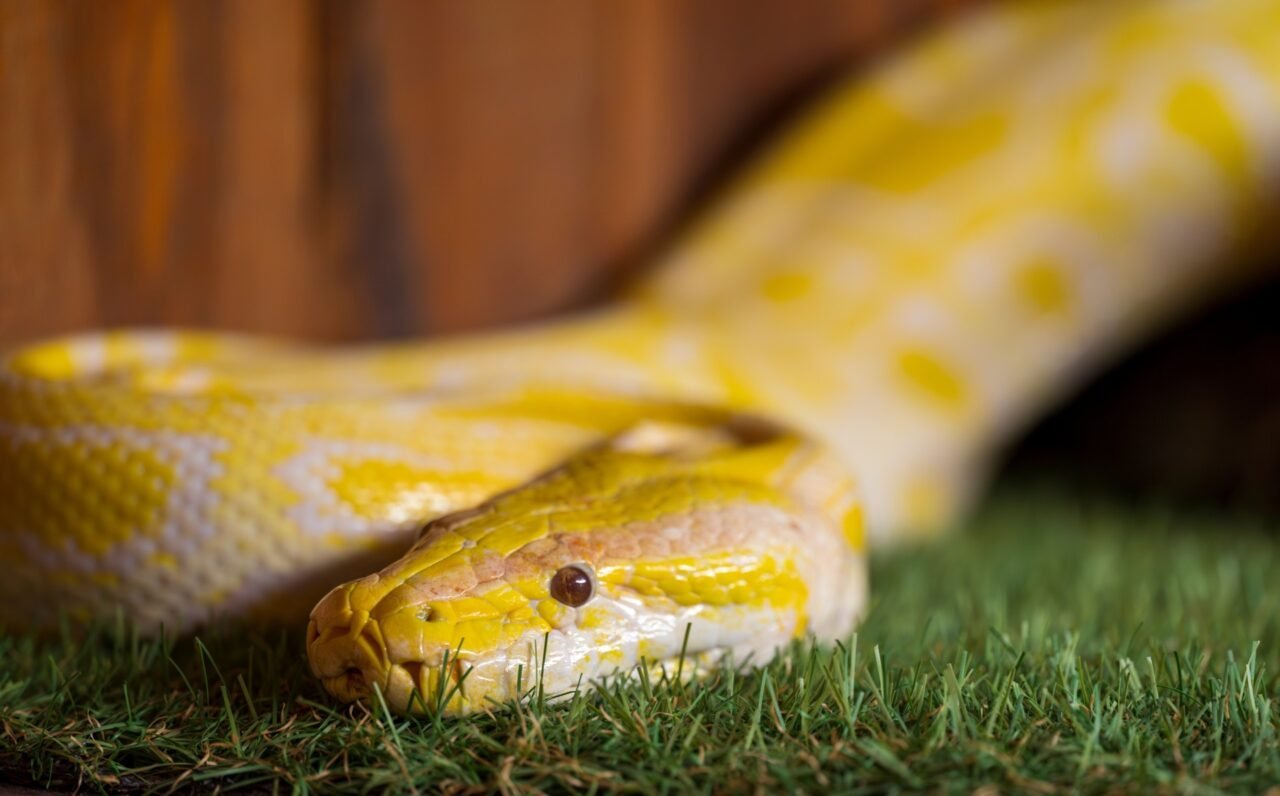Scientists have made significant strides in understanding how reptiles process nitrogen waste, revealing that these creatures excrete their waste in the form of crystalline structures. In a study published in the Journal of the American Chemical Society on March 15, 2024, a team of organic chemists and herpetologists detailed their investigation into the urine crystals of over 20 different reptile species.
The research was sparked by an inquiry from herpetologist Gordon Schuett, who noticed a surprising variety in the appearance of urine crystals among reptiles in his care. Despite providing a consistent diet and water, Schuett observed that some reptiles produced crystalline waste that was dry and hard, while others excreted a powdery substance. Seeking answers, he reached out to crystallographer Jennifer Swift at Georgetown University.
Swift, who has previously focused on the accumulation of uric acid crystals in humans—often linked to conditions like gout—was intrigued by the question. She noted that while mammals eliminate excess nitrogen as urea in a liquid form, reptiles and birds excrete nitrogen primarily as solid uric acid. This adaptation may have evolved to help these animals conserve water in arid environments.
Understanding the Mechanisms of Uric Acid Crystals
The research team employed a range of analytical techniques to uncover the molecular mechanisms behind these unique waste products. “We utilized every analytical method available to us,” Swift explained. This included advanced techniques such as X-ray diffraction and high-resolution microscopy to study the urates of various reptiles, primarily snakes.
The findings revealed a complex and fascinating process. Reptiles generate tiny spheres composed of uric acid microcrystals. In some species, these microspheres are directly excreted, while others recycle the crystals by reacting them with liquid ammonia, a neurotoxin. This reaction transforms ammonia into solid particles, which are far less toxic and can be easily expelled as fine dust.
According to Swift, this mechanism potentially provides a protective advantage for snakes, allowing them to manage nitrogen waste without the complications associated with liquid excretion. “It’s important to recognize that while this discovery could have implications for understanding uric acid in humans, it is still a significant leap to directly apply it to human biology,” she said.
Implications for Human Health and Future Research
The study highlights the value of examining biological processes across different species to uncover solutions to complex problems. “Millions of years of evolutionary history have enabled organisms to thrive in ways we have yet to fully comprehend,” Swift remarked.
She emphasized that while too much uric acid can lead to health issues, completely eliminating it is not feasible. The new insights into reptilian waste processing could inspire future research into managing uric acid levels in humans.
As scientists continue to explore the intricacies of biological systems, the research on reptile urine crystals serves as a reminder of the remarkable adaptations found in nature. Swift concluded by stating that understanding these processes could lead to advancements in both biology and medicine, paving the way for innovative approaches to health challenges.






































































